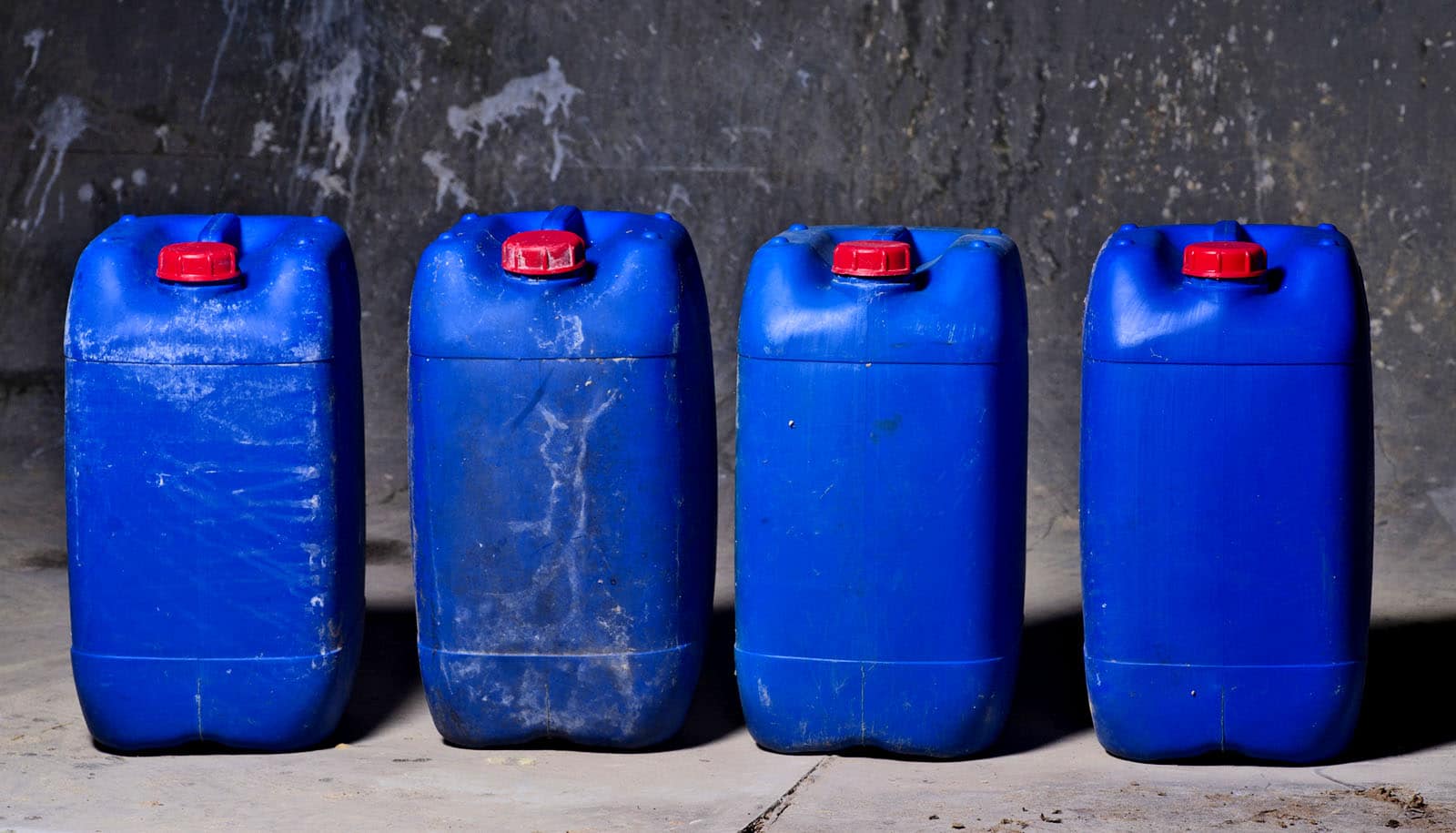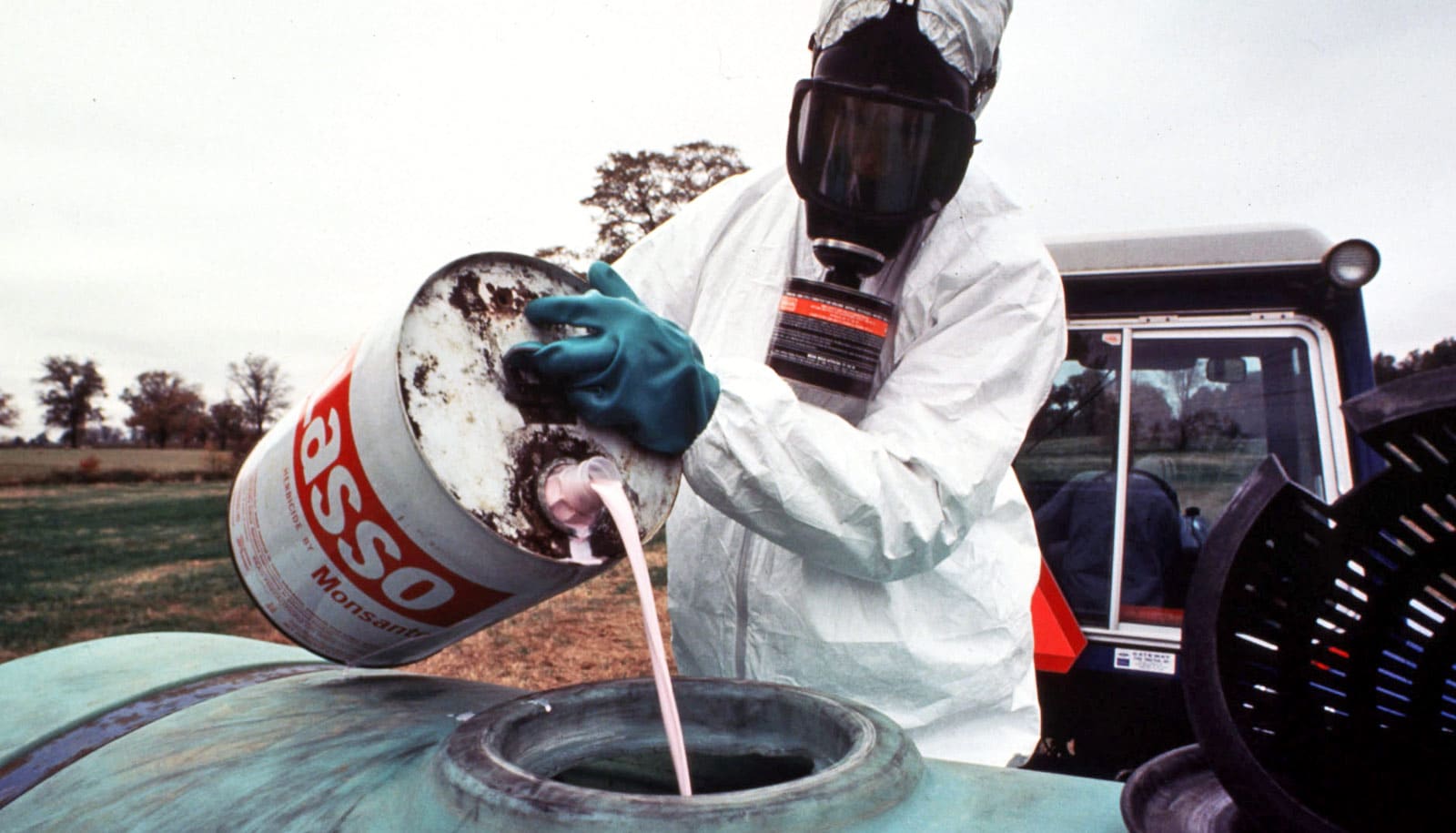The mystery of what’s behind a kidney disease epidemic occurring in Central America may have been solved.
A study published in the Clinical Journal of the American Society of Nephrology links a common agricultural chemical called paraquat to the rise of kidney disease cases in young Mesoamericans.
The ongoing epidemic first came to light in the early 2000’s and affects primarily young men and women in agricultural communities in Pacific coastal regions of Mexico and Central America, which include some of the world’s poorest communities. Known now as Mesoamerican nephropathy, it is a kidney disease of unknown etiology, and patients don’t have the underlying health conditions that usually precede kidney disease, such as hypertension, diabetes, or obesity. They are also not in later stages of life, being affected in their 20’s and 30’s.
The disease—which is caused by damaged kidneys that are unable to effectively filter waste products from blood—can be deadly, especially without modern life-saving treatments that may be available elsewhere in the world.
A team including faculty at the Texas A&M University School of Public Health previously conducted the foundational research that described the clinical and pathological features of the disease, which are important early steps during an emerging epidemic, especially one presenting new clinical features. For the past eight years, the team has also been looking for the underlying cause of this disease. Possible causes of Mesoamerican nephropathy have been thought to include infection, toxic exposure to heavy metals or agricultural chemicals, or another yet unknown exposure, and may be compounded by heat stress or dehydration.
This newest study took a closer look at one of these possible causes and found evidence pointing to it being responsible for Mesoamerican nephropathy as well as a possible way it causes kidney damage. Rebecca Fischer, assistant professor at the School of Public Health, along with colleagues from other institutions, investigated the role that paraquat may play in Mesoamerican nephropathy.
Paraquat is an herbicide used in agriculture around the world. It works by generating reactive oxygen species (ROS) that are known to damage tissues. Heavy metals like cadmium, mercury, and arsenic also generate ROS and have been associated—along with other ROS-generating agricultural chemicals—with kidney damage. Exposure to high doses of paraquat have been linked with damage to kidneys and other organs, but long-term exposure to lower doses such as those seen among agricultural works has not been studied.
To investigate the potential role of paraquat in Mesoamerican nephropathy, the researchers surveyed immigrants from Central America who had kidney disease and were patients at an outpatient dialysis clinic in Houston, Texas. They examined samples of human kidney tissues from Fischer’s previous study and compared kidney tissue samples from animal models injected with low doses of paraquat and a control group of animal models not exposed to paraquat. They also analyzed the expression of two genes, OCT2 and MATE1, known to transport paraquat and heavy metals into and out of kidney cells.
The survey included 52 patients who exhibited signs of Mesoamerican nephropathy and 63 patients with different types of kidney failure. The patients in the Mesoamerican nephropathy group were younger, 96% male, and most had worked in agriculture prior to immigrating to the United States, making long-term exposure to paraquat more likely.
Analysis of human and animal model kidney tissue revealed damage consistent with chronic kidney disease. The researchers also found increased expression of OCT2 and decreased MATE1 expression in male animal models injected with paraquat. Additionally, kidney damage in female animal models was less severe, which is consistent with a pattern of disease observed in Mesoamerican nephropathy. These findings point several additional areas of study, including to OCT2 and MATE1 expression and differences in expression between men and women.
This study sheds light on a possible cause for Mesoamerican nephropathy. The research also points to ROS generation as a likely mechanism for kidney damage in these cases as well as the role changes in expression of genes like OCT2 and MATE1 may play.
“This study and additional research can help further clarify the potential dangers of agricultural chemicals like paraquat and highlight the need to protect agriculture workers against agrochemicals and other agents they might be exposed to in the environment in the future,” says Fischer.
Fischer’s team is conducting further environmental studies to link potential exposures in Central America to individuals who develop kidney disease in the most heavily affected areas.
“Using geographic information systems (GIS) mapping of environmental toxins concentrations, we hope to further understand how disease occurrence overlays with environmental conditions.”
Coauthors of the paper are from Houston Methodist Hospital, Baylor College of Medicine, The University of Texas MD Anderson Cancer Center, and other institutions. Fischer’s current research is funded by the National Institutes of Health.
Source: George Hale for Texas A&M University



